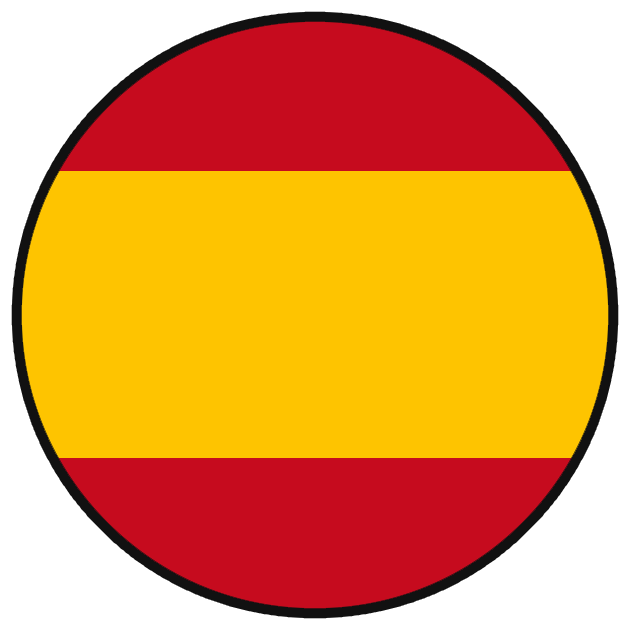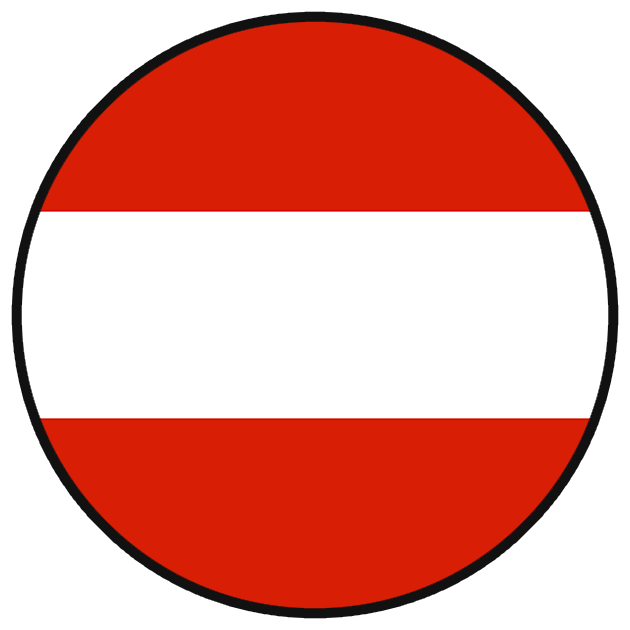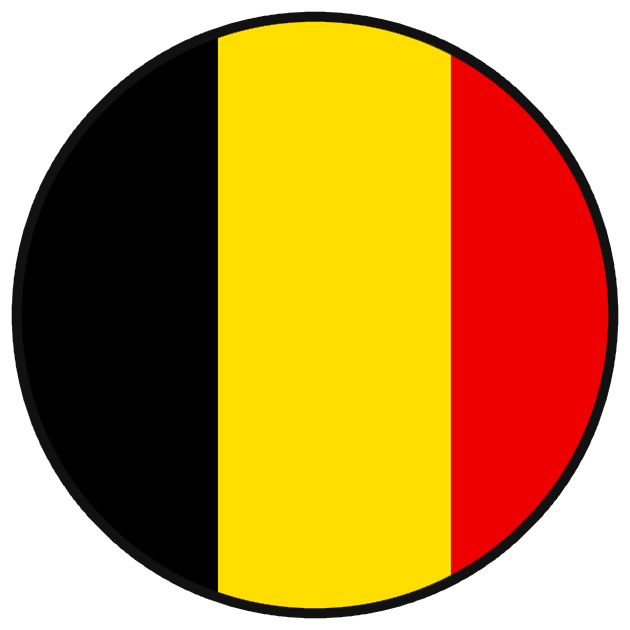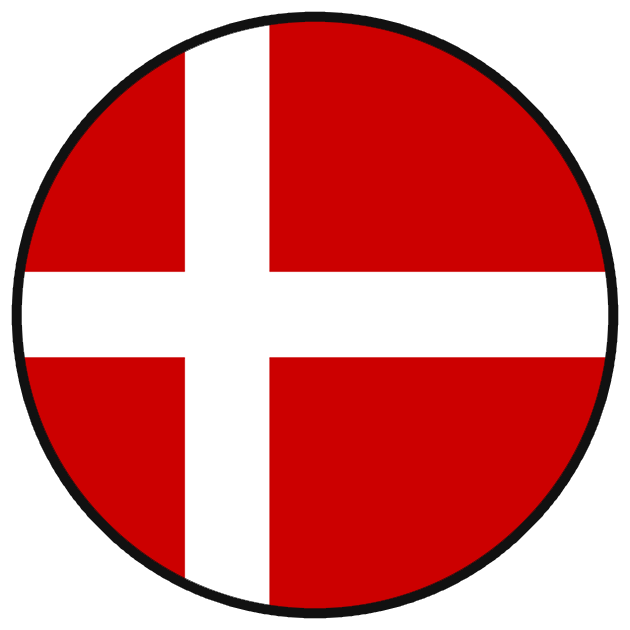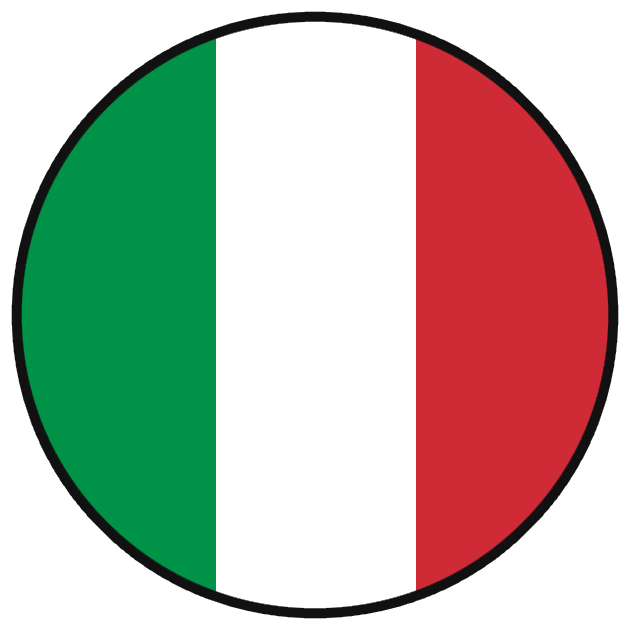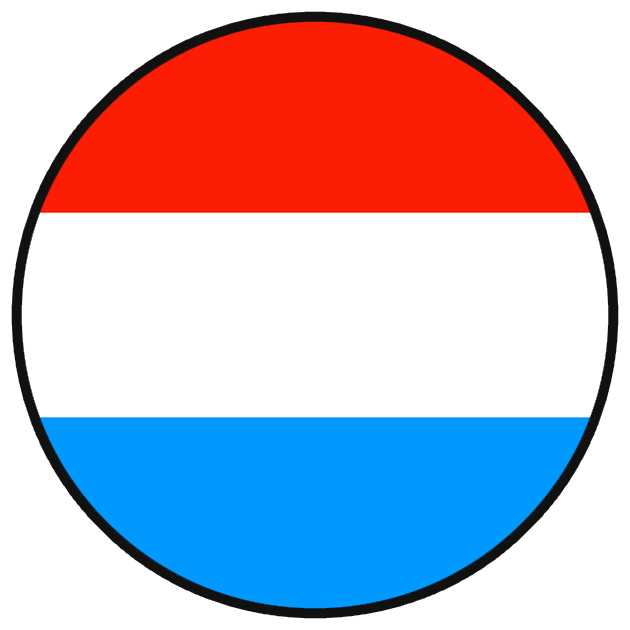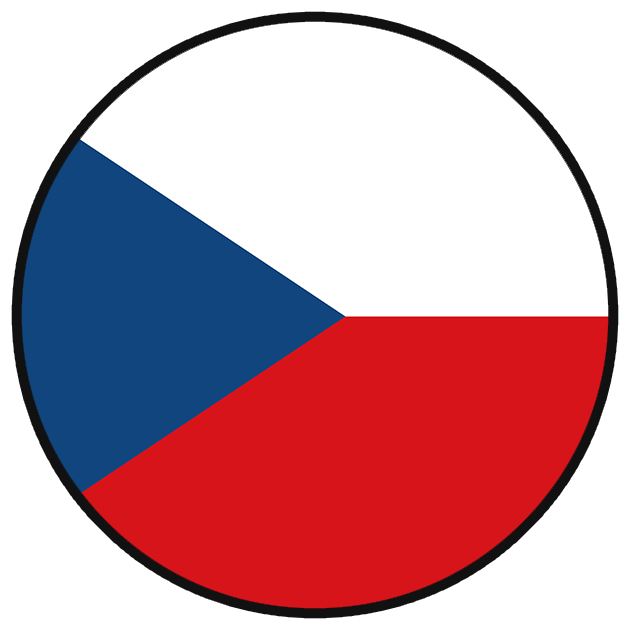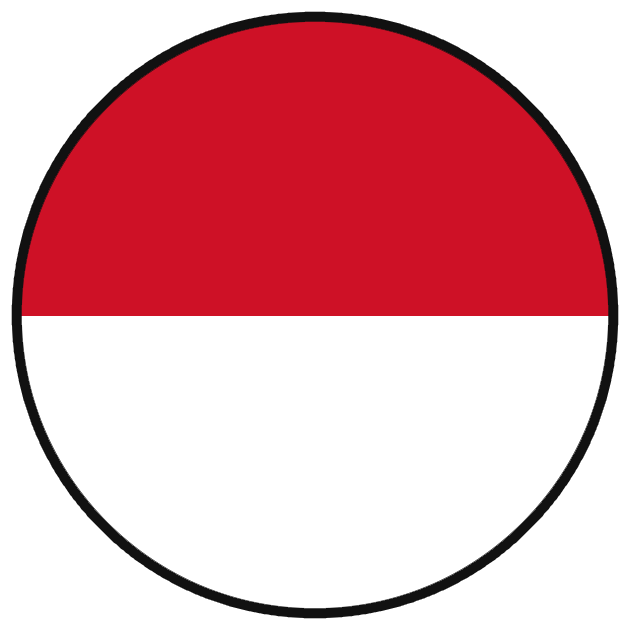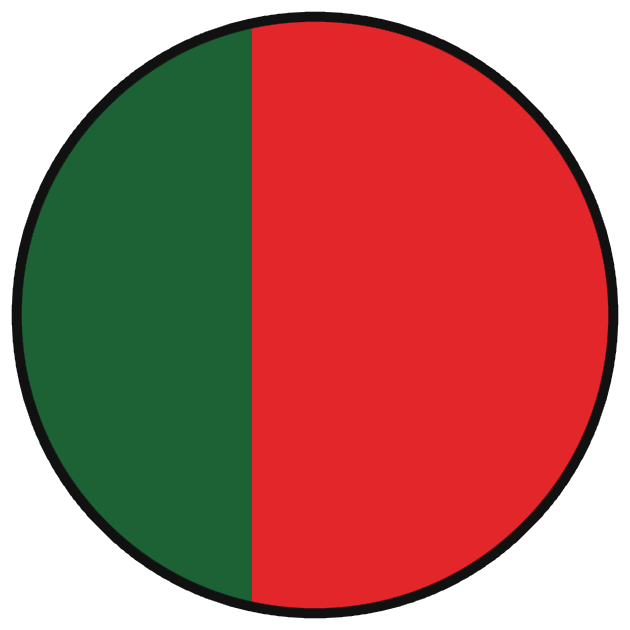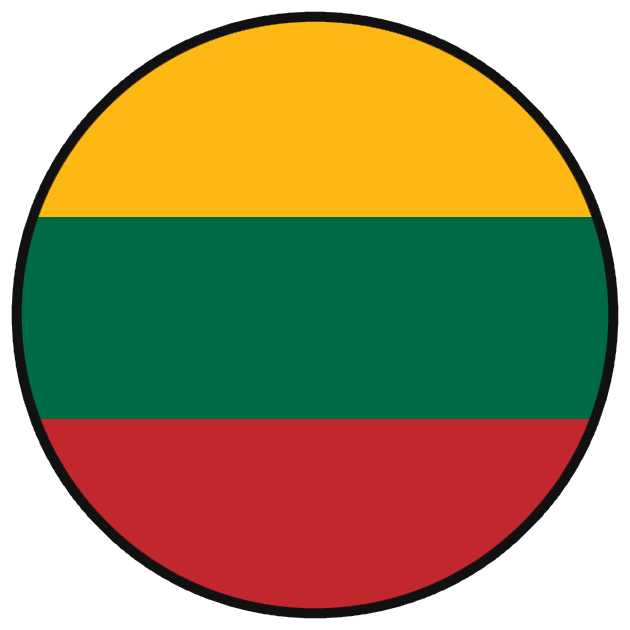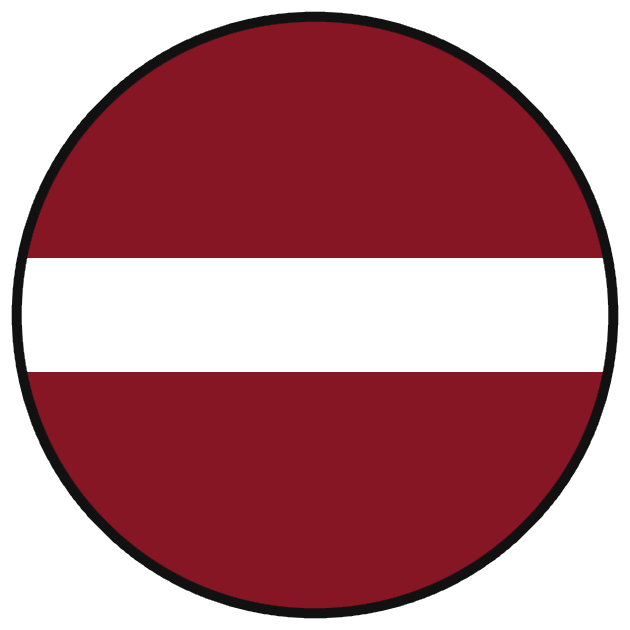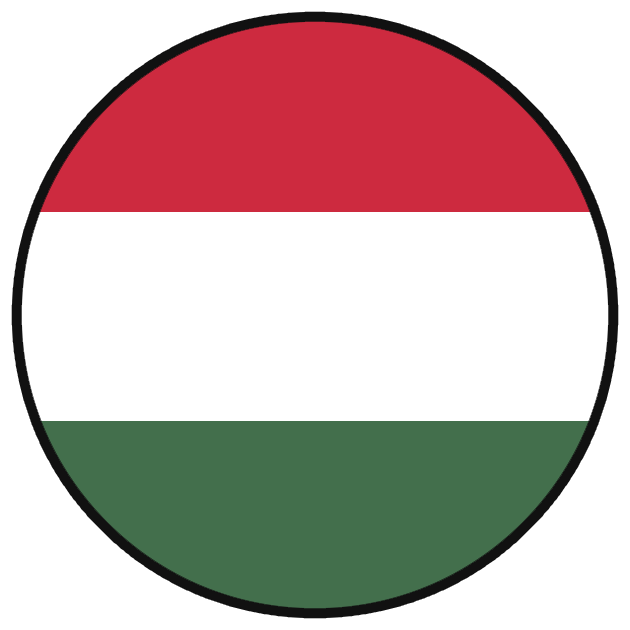During our farm tours, we often receive the question where the water needed for cultivating our trees and vegetables is coming from. With little average rainfalls and hot, dry summers, agriculture in the coastal plain of Valencia is largely possible due to the advanced irrigation system of the region. This system is the result of centuries of practice. The network of canals, aqueducts, and water systems in place today partly dates back to the Moors, who introduced advanced techniques for water management.
The source of our water
A substantial proportion of the water used for agricultural activities in the coastal plain of Valencia is sourced from mountain reservoirs located within the surrounding mountain ranges. These reservoirs serve the purpose of collecting and storing water from rainfall in higher altitudes, where precipitation levels are higher than in the lowlands. The collection of this water during the wetter months ensures a supply for irrigation during periods of drought, particularly during summer months.
Rivers, especially the Turia and the Júcar, play another important role in the water supply. These rivers originate in the mountains further north and west of Valencia and carry water from areas with more regular and abundant rainfall. They supply the agricultural areas in the coastal plain of Valencia with water via a network of dams and canals.
In the case of our finca in Betera, we receive the water needed for irrigation from the Benageber reservoir, which is being fed by the river Turia. From there, the water is brought to us through a system of channels.

Water rights and distribution
The distribution of water for irrigation to each farmer is governed by a system of irrigation rights. These rights are rooted in both historical agreements and legal frameworks.
The acquisition of water rights by farmers is determined by two key factors: land ownership and the historical precedent of access to water for agricultural purposes. It is important to note that these rights are subject to both regional water laws and the availability of water in any given year. In years of lower rainfall, the allocation of water may be reduced, with priority given to the most essential crops and agricultural areas.
The distribution of water is overseen by the Comunidad de Regantes, which translates to ‘water user associations’. These associations serve as intermediaries between the agricultural community and the regional water authorities. Water distribution is frequently implemented on a time-share basis, allocating designated time slots to each farmer. In addition, novel technologies such as smart metering systems are being utilised with increasing frequency to monitor water usage, detect leaks, and optimise irrigation schedules.
The irrigation method
While traditional methods such as surface irrigation (also known as furrow irrigation) are still employed in certain parts of Valencia, the most widely used method today is drip irrigation. This technique allows a more efficient use of water by minimising evaporation. Our regenerative farming practices also contribute significantly to reducing the need for irrigation. By keeping the soil covered with vegetation, we improve soil health, increase moisture retention and enhance its ability to conserve water.





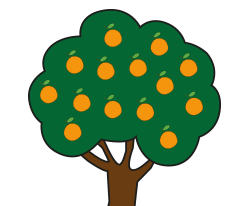 My account
My account 









